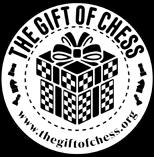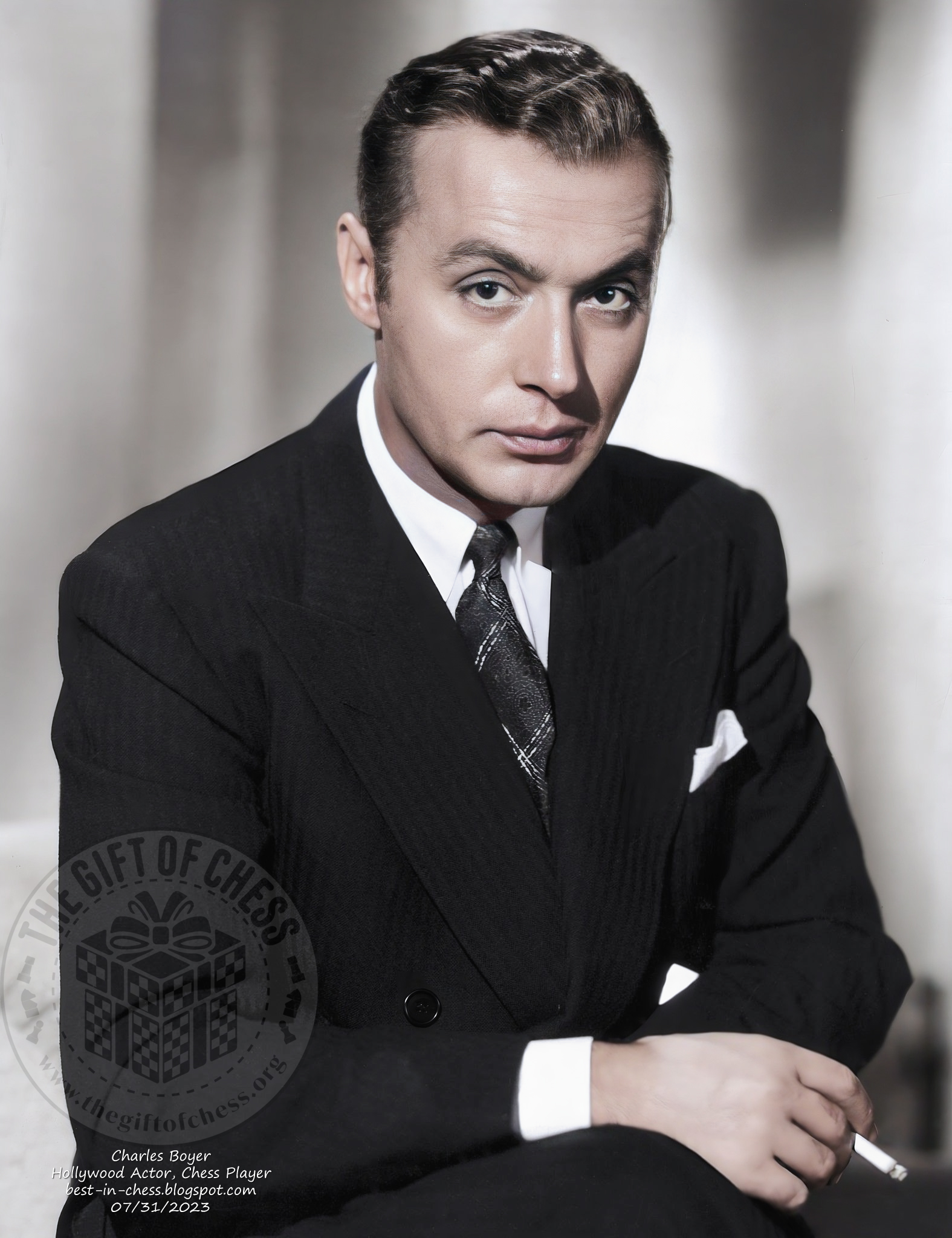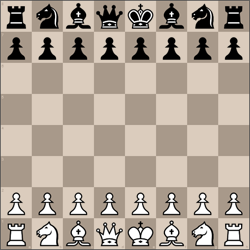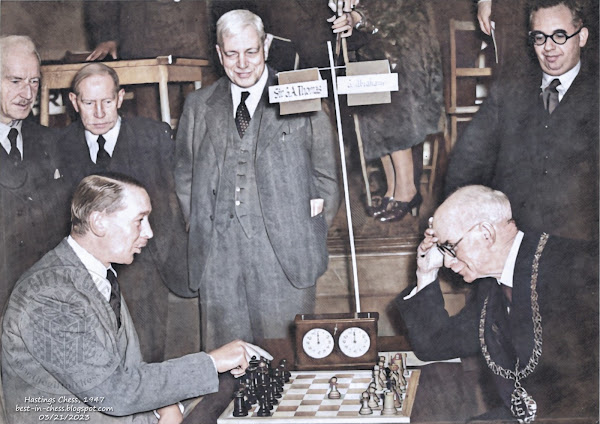Back to Home Index
August 22 1954
Press and Sun-Bulletin, Binghamton, New York, Sunday, August 22, 1954
Vestal Chess Star In Title Division
Fred Bartholy of Vestal, winner in the experts class the last two years, is expected to step up into the championship competition during the New York State Chess Association tournament, which opens here Saturday.
Bartholy is just one of many Triple Cities chess enthusiasts who will be active in the tournament, which will run through Sunday, Sept. 5, at the Roberson Memorial, 30 Front Street.
Two Binghamtonians, Lynn Bryant and Harold Evans, are members of the tournament committee, and Willis Hull of 30 Circuit Drive, secretary of the state association, is handling entries. Dr. Samuel Finkelstein of Endicott is association president, while Evans and Wilson White, another Binghamtonian, are members of the board of governors.
Mrs. Carl S. Nye of Syracuse, a two-time association president and now a board member, will be honored for her contributions to the chess organization at the tournament dinner Saturday, Sept. 4.
September 26 1954
Press and Sun-Bulletin, Binghamton, New York, Sunday, September 26, 1954
Red Chess Players' Success Called Reflection of Discontent
Binghamtonian Compared Game to Pact Parleys
By Jerry Handte, Sunday Press Writer
To the average, or canasta-playing person, chess probably seems a form of self-torture devised by ancient Arabs whose brainpans accounted for most of their heft, and currently practiced with most success by surly, Kremlin-ridden Communists.
They would be surprised to learn that, in the words of Eugene Gerhart, a Binghamton attorney, “chess involves all the physical hardships of negotiating a collective bargaining contract.”
In fact so exhausting is the concentration required of chess players, who must carry an almost limitless number of battle plans for attack and defense in their heads, that one world champion once lost his crown because he forgot his roadwork.
Victim of this fistic-type calamity was Raoul Jose Capablanca, the pride of Havana.
[…]
Two of Mr. Gerhart's chessplaying cronies in the Triple Cities, Frederick Bartholy, an Ansco patent attorney, and Albert Schreiber, vice-president of the Triple Cities Traction Company, recently kibitzed the highly publicized Russian-American team combat at New York City.
They came home again convinced that Russian success at the game is not government-dictated, but rather reflects popular discontent with the strait jacket of totalitarian rule.
[…]
While he was in the Army during World War 2, Mr. Bartholy met a chess player who was not always prudent.
The Ansco attorney, then a lieutenant colonel, was stationed at Los Alamos, N. M., as an electrical engineer at work on the A-bomb project. He played several times with a rather quiet Englishman, Dr. Klaus Fuchs, later to be notorious as an atom spy.
“If he had been a better chess player, maybe he would not have been a spy,” Mr. Bartholy said.
September 29 1954
Press and Sun-Bulletin, Binghamton, New York, Wednesday, September 29, 1954
CHESS (K)NIGHT—Eugene C. Gerhart, right, chairman of the tournament committee for the Triple Cities Chess Championship which starts Friday night at the IBM Country Club, offers a chess knight to Albert Schreiber, left, tournament director, and Frederick E. Bartholy, Vestal, an early entrant. Binghamton Press Photo.
Friday's Chess Tourney Isn't Really a First
The old guard, chess division, is up in arms about advance billing given the checkmate party scheduled to start Friday night at the IBM County Club as the “first Broome County chess championship.”
Veterans of the royal game pointed out today that Harold C. Evans of Binghamton, a former president of the State Chess Association, defeated a field of Southern Tier thinkers in 1938 in the last official tournament sponsored by the Binghamton Chess Club.
Mr. Evans recalled today that the tournament was contested in the Lloyd C. Anderson law offices in the Capitol Theatre Building.
Ruth Opening
The food products executive used a Ruth opening to advantage in some of his tournament games. The opening was named for former Binghamtonian William Ruth, now a Philadelphian, and was sometimes as paralyzing to foes as a mighty blast from that other Ruth, George Herman.
Mr. Ruth, the thinker, once was the third ranking chess player in the United States.
The late Col. Charles Yeomans, former Binghamton commissioner of public safety, together with Lynn H. Bryant and Mr. Anderson founded the Binghamton Chess Club in 1919.
The club has been represented ever since in inter-county matches for the Genesee Cup, top team laurel in the state, Mr. Evans said.
Starts Friday
Colonel Yeomans, a crackajack at both chess and checkers, attained renown by serving as judge for a world's championship checkers match in Binghamton in 1913.
The late M. Earl Pomeroy of Binghamton won the world crown by defeating Alfred Jordan of England and defended his title successfully against Mr. Jordan the following year.
“I guess I'll have to represent the bald-headed old guard in this new tournament,” said Mr. Evans, who will be defending his laurels after a 16-year hiatus in formal brain-wrenchings.
The tournament will get under way at 7:30 p.m. Friday with play also scheduled for 7:30 p.m. Saturday and 2 p.m. Sunday. The same schedule will be followed Oct. 8, 9 and 10. Potential entrants, old guard or new, are invited to get in touch with Eugene C. Gerhart or Albert Schreiber.
The public is invited to kibitz, the matches free.



































































